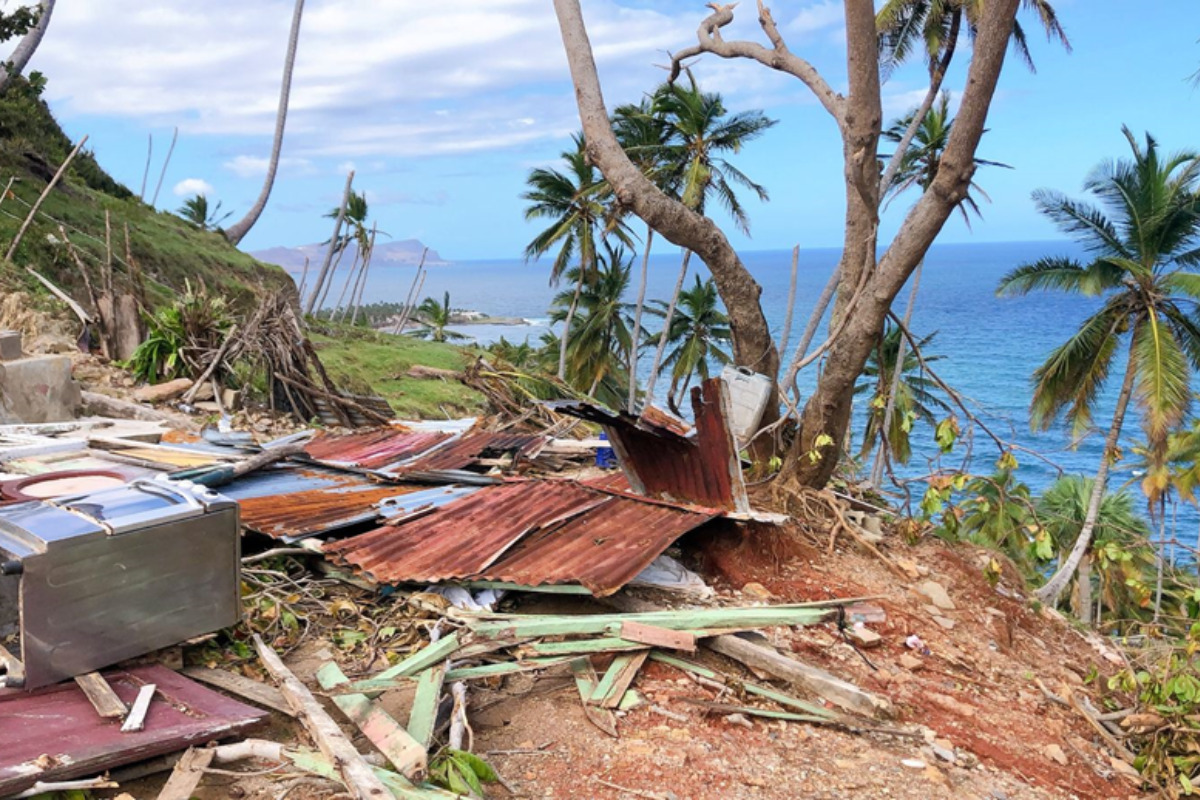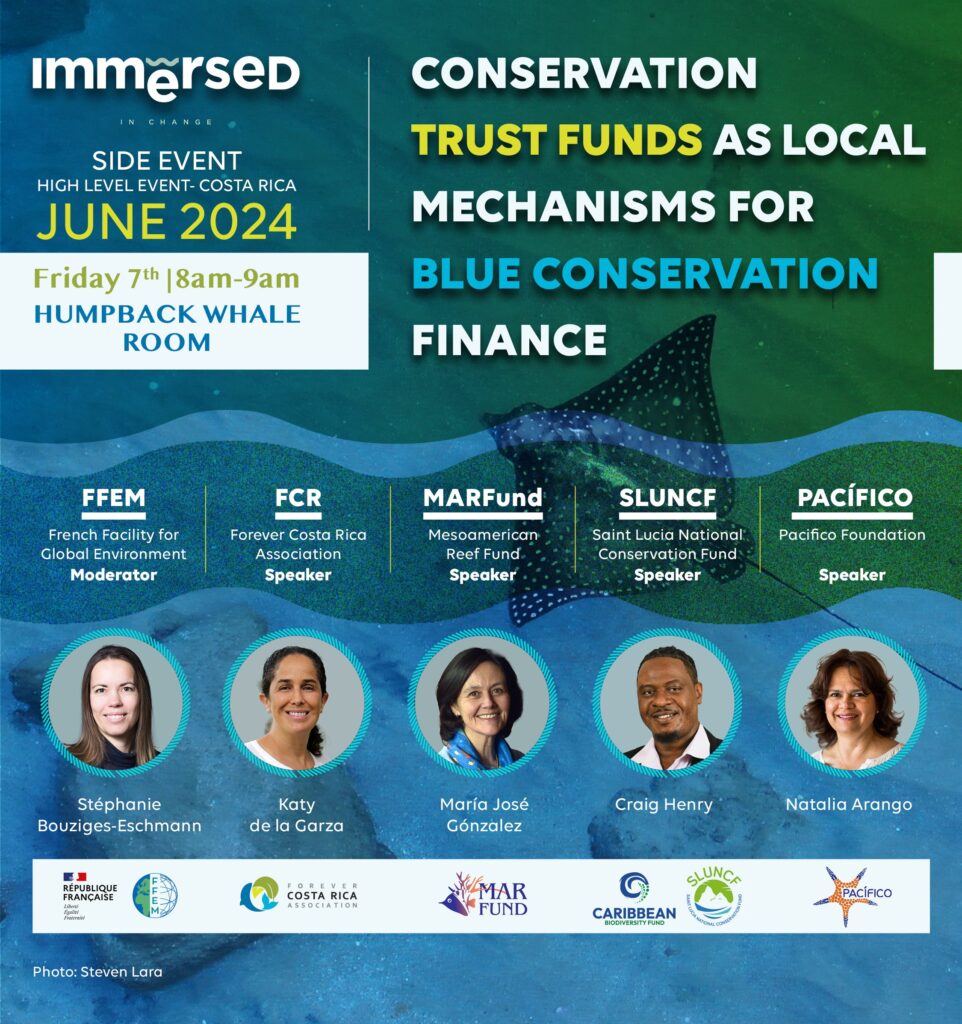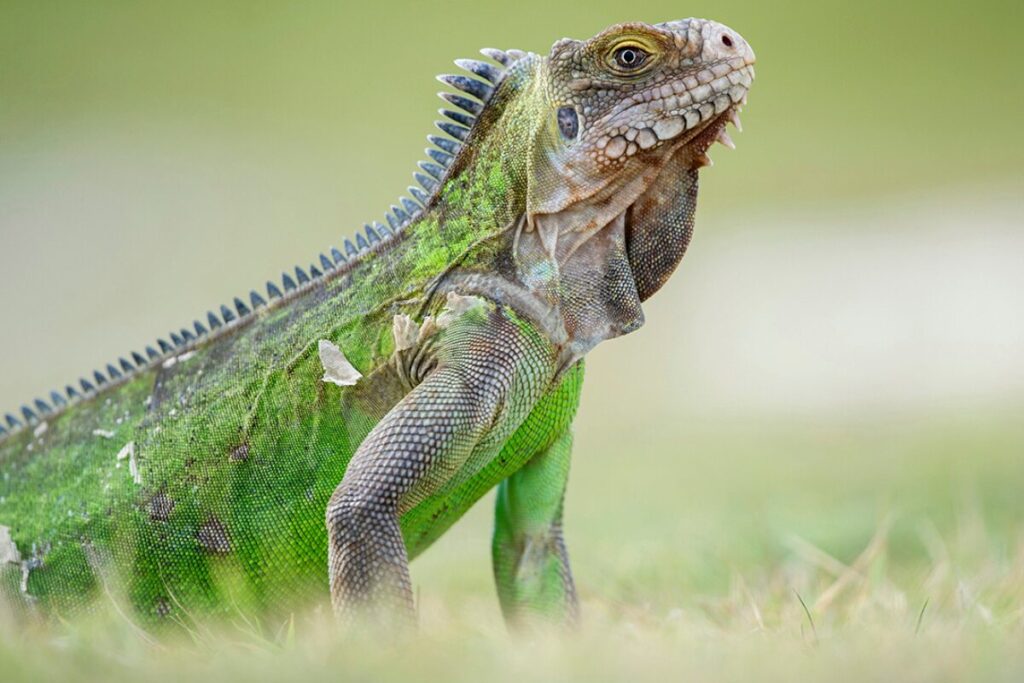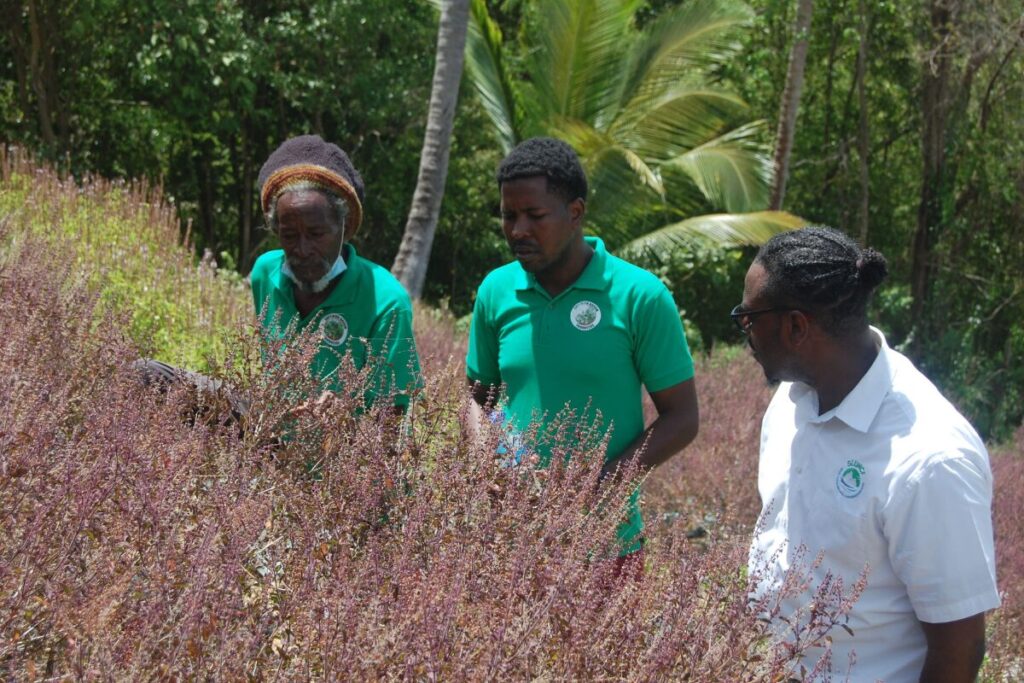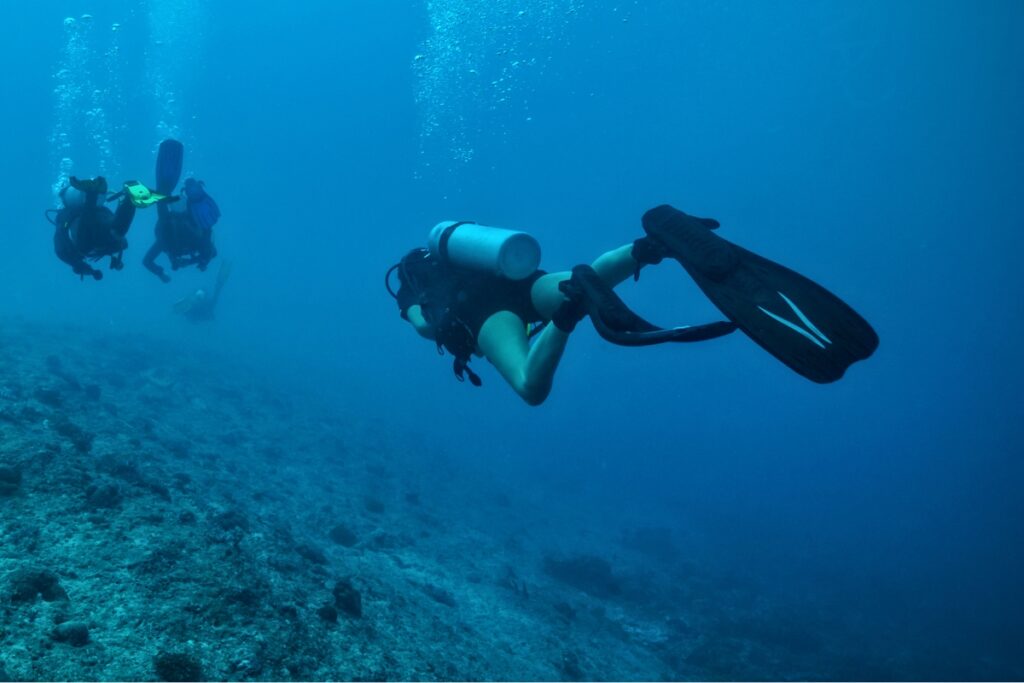June 1 marks the start of the Atlantic Hurricane Season.
Caribbean countries are up to seven times more likely to experience a natural disaster than other states, and when one occurs, it can incur as much as six times more damage1. Hurricanes are a key driver of live coral damage and loss in the Caribbean. In the last 15 years, 250 hurricanes, tropical depressions, and tropical and subtropical storms have impacted the Gulf of Mexico and Caribbean2.
The Caribbean Biodiversity Fund (CBF) is working to minimize the impact of these devastating weather events through our Ecosystem-based Adaptation Facility that has disbursed over USD 13 million within 4 years, supporting initiatives including restoration of key ecosystems, such as mangroves and coral reefs, while also enhancing the adaptation capacity of coastal communities and sustainable livelihoods.
We also recognize that these events are inevitable in the region and continue to work with our 11 National Conservation Trust Funds to respond to conservation relief efforts after disasters, like they were able to do in Antigua and Barbuda after Hurricane Irma (2020), in St. Vincent and Grenadines after the La Soufriere Volcanic event (2021), and in The Bahamas after Hurricane Dorian (2017).
The Hurricane Dorian Recovery Grant provided USD 1.26M in conservation recovery support to The Bahamas that was left devastated following the passage of the category 5 hurricane.
Recovery Grants
The Hurricane Dorian Recovery Grant provided USD 1.26M in conservation recovery support from the German Government (through the German Development Bank – KFW) and the Caribbean Biodiversity Fund to The Bahamas that was left devastated following the passage of the category 5 hurricane. The Bahamas Protected Areas Fund funded 19 projects that supported the restoration of marine and coastal areas after the hurricane across the country. The majority of the projects focused on the conservation and rehabilitation of mangrove forests. The St. Vincent and the Grenadines post-volcanic eruption has supported the implementation of 2 projects that focus on the assessment of the eruption and the rehabilitation of infrastructure in national parks for a total amount of USD 200,000.
Reef Resilience and Risk Financing in the Greater Caribbean
Mangrove forests provide important ecosystem services, such as habitat for fish and crustaceans, water filtration, carbon sequestration, soil formation and protection against coastal erosion through soil stabilization, sediment accumulation and amelioration of storm surge. Protecting those mangrove forests are coral reefs which break waves that absorb on average 97 percent of wave energy3.Protected: The CBF ‘s Work Minimizes the Impact of Hurricanes in the Caribbean
Another initiative where the CBF worked on increasing resilience to extreme events was the project Reef Resilience and Risk Financing in the Greater Caribbean. This project was a strategic collaboration between the MAR Fund, the Caribbean Biodiversity Fund (CBF), and the insurance company Willis Towers Watson (WTW) to scale the risk financing innovations of the MAR Fund. The project was finalized in 2022. The project sought to build alliances, and leverage experience of coral reef risk modeling, risk financing instrument design and operationalization, and in-the-water reef response to protect reefs across the entire Caribbean Basin. The project enhanced the capacity of local communities, governments, the private sector, and environmental funds to increase coastal resilience using innovative financing mechanisms, such as parametric reef insurance.
Footnotes
1 Ötker I., Srinivasan K. Bracing for the Storm. March 2018.
https://www.imf.org/en/Publications/fandd/issues/2018/03/otker
2 Herrera-Silveira, J. A., Teutli-Hernandez, C., Secaira-Fajardo, F., Braun, R., Bowman, J., Geselbracht, L., Musgrove, M., Rogers, M., Schmidt, J., Robles-Toral, P. J., Canul-Cabrera, J. A., & Guerra-Cano, L. 2022. “Hurricane Damages to Mangrove Forests and Post-Storm Restoration Techniques and Costs.” The Nature Conservancy, Arlington, VA.
https://www.nature.org/content/dam/tnc/nature/en/documents/TNC_MangroveHurricaneDamages_Report.pdf
3 Nuwer R. Coral Reefs Absorb 97 Percent of the Energy From Waves Headed Toward Shore. 2014
https://www.smithsonianmag.com/smart-news/coral-reefs-absorb-almost-all-energy-crashing-waves-headed-toward-shore-180951462/

